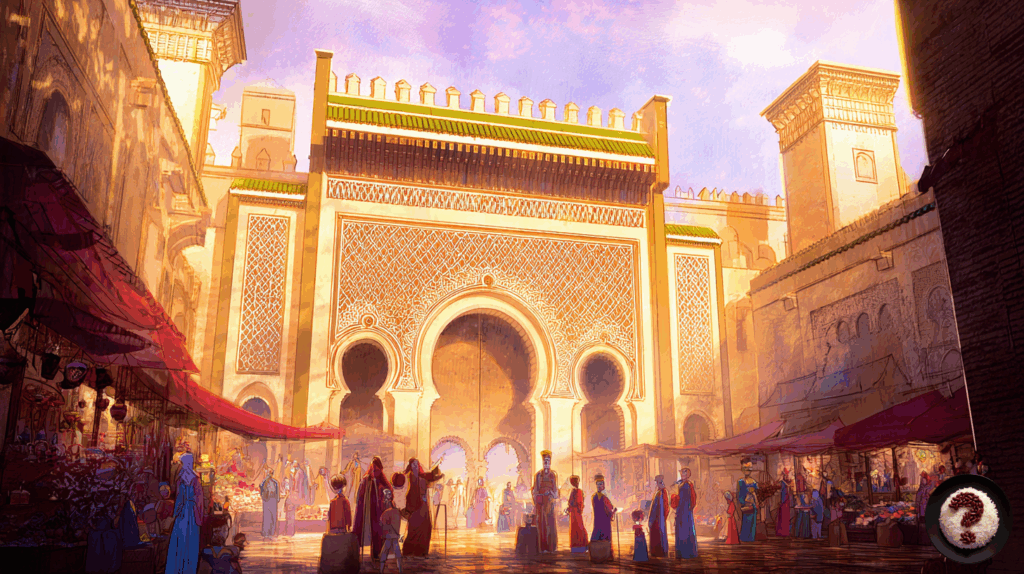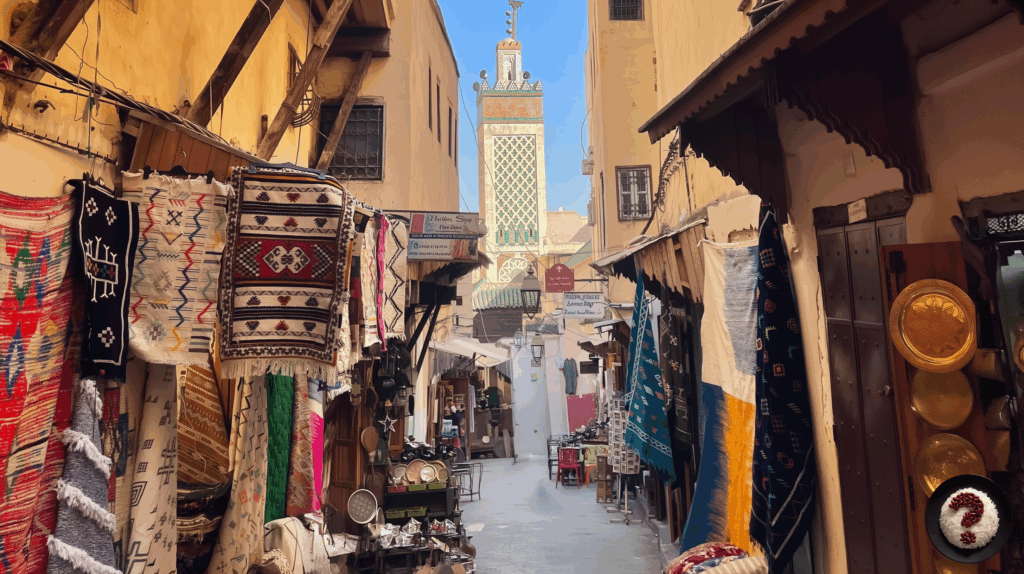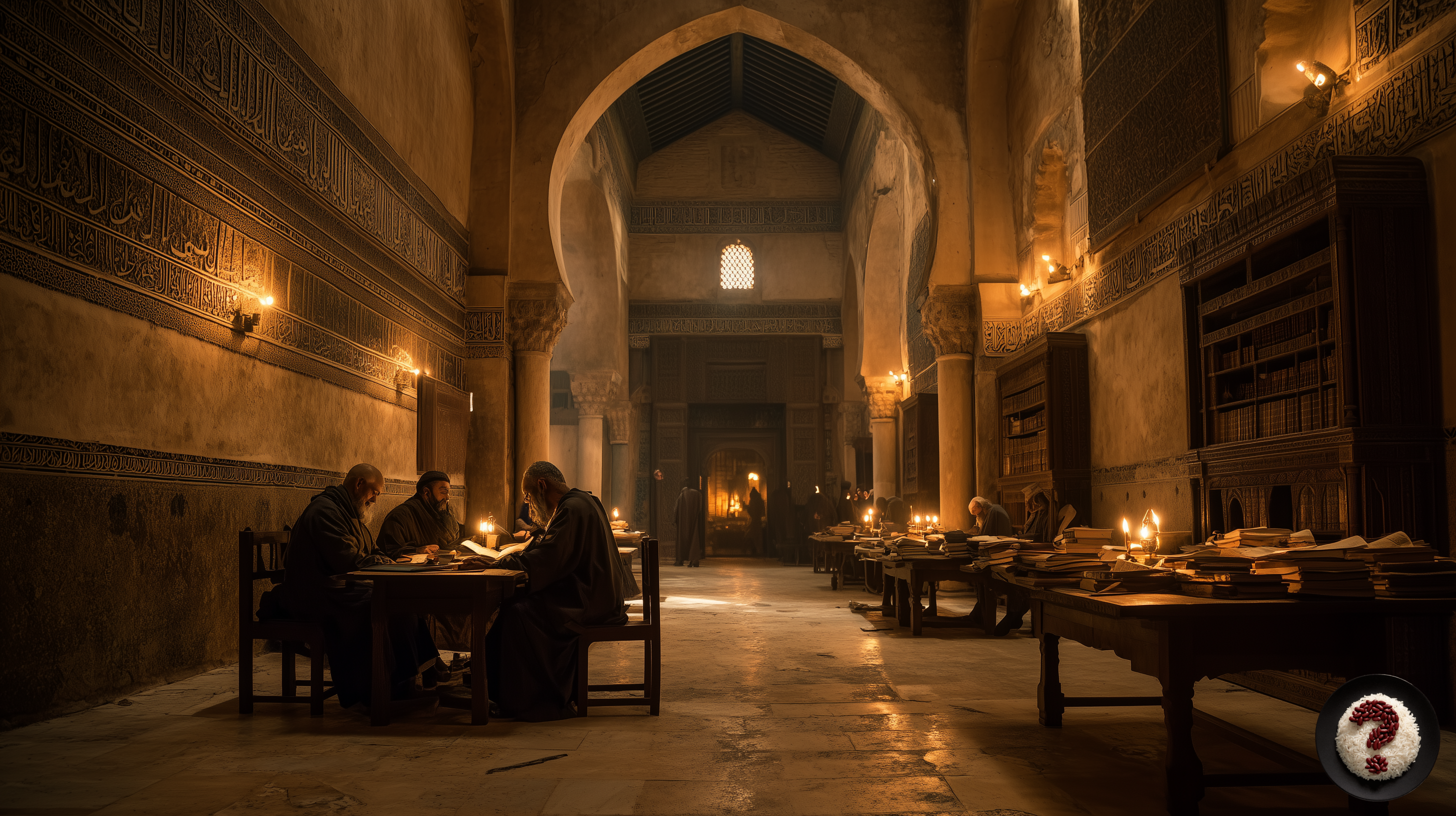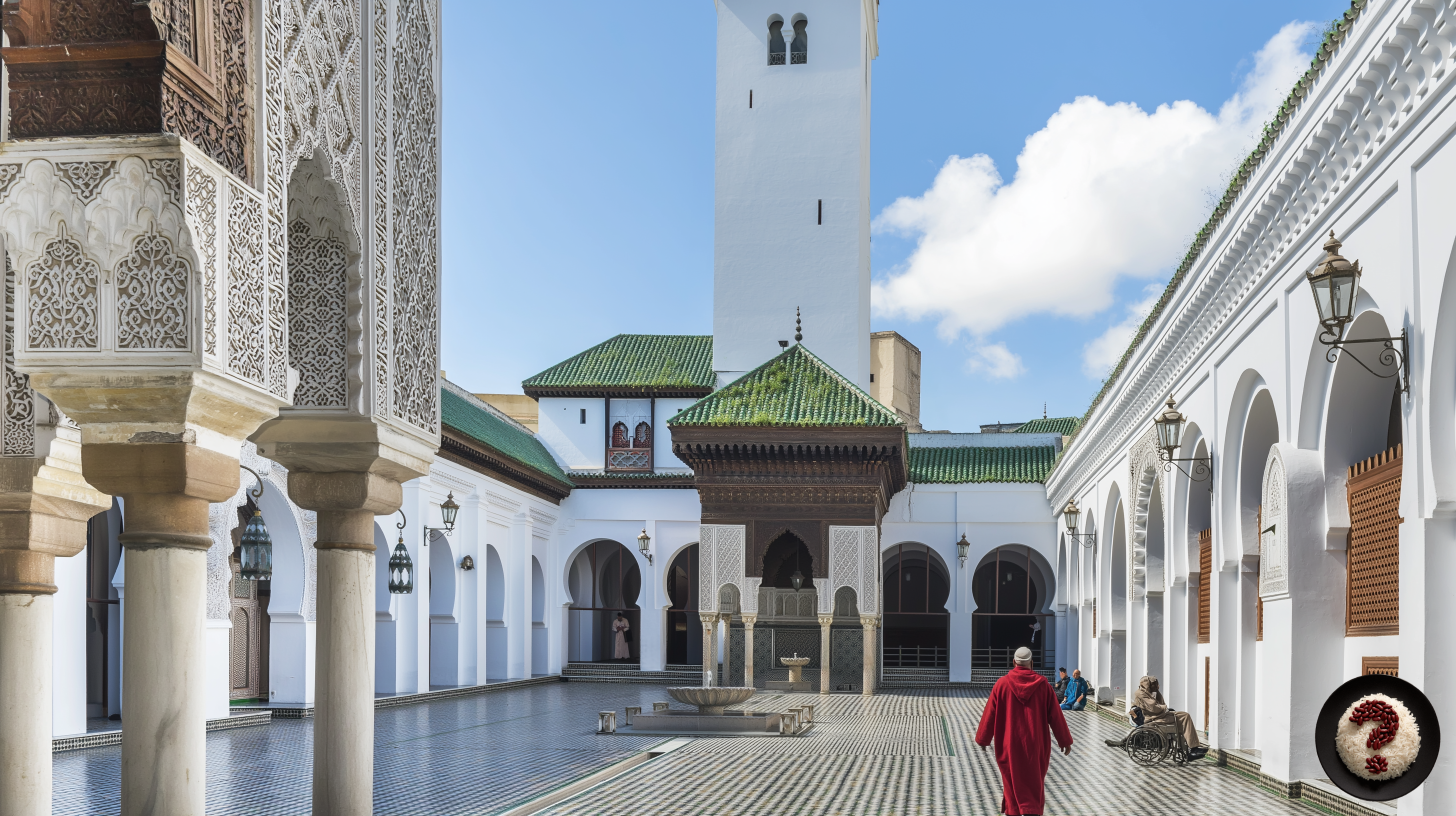
The World’s First University: The Inspiring Story of Al-Qarawiyyin and Fatima al-Fihri
If you ever asked Google one morning over coffee, “Where is the world’s first university?” you probably encountered a surprising answer: Al-Qarawiyyin University in Fez, Morocco. Moreover, the founding story of this university is epic, as if it jumped out of the dusty pages of history books. That’s because behind this immense legacy stands a visionary woman: Fatima al-Fihri.
Yes, you heard that right. In the 9th century, during a time when men hadn’t quite figured out how to smoke shisha in coffee houses, a woman stepped up and said, “We need something more; why don’t we found a university?” The result? The world’s oldest and continuously operating university, which still stands today.
A University in the Middle Ages?
Just imagine the scene: The Middle Ages, narrow streets, camel caravans, all sorts of food boiling in copper cauldrons… Then, the city of Fez appears around a corner. Founded in 859, Al-Qarawiyyin was like the early days of Netflix for the people of that time: everyone wondered, “Where did this come from?”
Over time, however, this school transformed from being just “a few classrooms” into a center of knowledge encompassing many fields, from astronomy and mathematics to philosophy and Islamic jurisprudence. Think of it as the Harvard, Oxford, and perhaps a bit of the Hogwarts of that era.

Who is Fatima al-Fihri?
Now for the sweetest part of the story. Fatima al-Fihri was the daughter of a wealthy merchant. Her family had migrated from Tunisia to Morocco. When considering what to do with her inheritance from her father, Fatima decided to do something beneficial for society, instead of thinking about things like, “Should I build a fancy villa? Or organize camel races?” And at that moment, she made the decision that would etch her name in history in golden letters: to found a university.

Why is the University Named Al-Qarawiyyin?
The story behind the name is also beautiful. The university was built in the area of Fez heavily populated by migrants from the “Kairouan” district (in present-day Tunisia). That’s why it was named “Al-Qarawiyyin.” So, in a way, we could call it the “Neighborhood College”—imagine something like “Smallçekmece University,” but slightly more charismatic.

What Were the Classes Like?
The courses offered at Al-Qarawiyyin were not limited to religious knowledge. Astronomy, mathematics, logic, geography… Students were not just learning how to pray; they were looking at the stars and trying to understand the sky. We can think of it as the ancestor of what we call “STEM education” today.
According to one rumor, so much intensive knowledge was shared in classes that when students couldn’t find notebooks to take notes, they wrote on whatever they could get their hands on. (The “tablet” of that era might literally have been a clay tablet.)
The University’s Fame
Al-Qarawiyyin eventually gained such fame that people flocked there from all corners of the world. Thinkers like Ibn Khaldun, Ibn Rushd, and even some scholars from Europe studied there. It was like the ancestor of the modern Erasmus program: “I’ll go to Morocco for a semester, take some classes, and come back.”
The Legacy of Fatima al-Fihri
Fatima didn’t just found the university; she actively participated in every stage of its construction and administration. It is rumored that she oversaw the construction for 18 years while fasting. (Yes, even today, an apartment building doesn’t finish in 3 years—imagine waiting patiently for 18 years.)

Al-Qarawiyyin Today
Today, recognized by UNESCO as the world’s oldest continuously operating university, Al-Qarawiyyin continues to provide education. Perhaps they are not handing out iPads in the modern world, but they are maintaining their tradition. It is also a must-see for tourists visiting Morocco.
A Touch of Humor
Now, imagine enrolling in a university in 859. You ask, “I don’t have an e-government password; how will this work?” As you wait in line, someone whispers to you, “Brother, first give them a camel, then they’ll register you.” It seems that the stress of today’s student affairs and the camel bargaining of that era are not so different after all.
A Cultural Icon
Fatima al-Fihri’s story is important not only for Morocco but for the entire world. That’s because one woman’s determination, vision, and contribution to society have echoed for centuries. Today, we are still talking about the need for women to be at the forefront of science and education. Fatima’s story tells us, “An example of this already existed 1200 years ago.”
A Source of Inspiration
Imagine, she could have used her inheritance to open a shopping mall. Or she could have said, “I will have the biggest wedding in the world.” But she chose to contribute to the common treasury of humanity. That is why her story is not just a historical fact but also a source of motivation.
Lessons for Us
If we, too, ask ourselves in our lives today, “What do I have, and how can others benefit from it?” we might be able to do something that leaves a legacy, however small. Of course, not everyone can found a university, but perhaps we can donate a library, or share our knowledge with others.
Comparison to Today
Today, we fill out tons of paperwork to apply for university, sometimes signing pages of forms for scholarships. In Fatima’s time, the issue was much clearer: “Do you want to learn knowledge? Come.” It was that simple. Sometimes, there is great beauty in excessive simplicity.
Conclusion
Fatima al-Fihri did not just leave us a university. She also showed us the power of knowledge, sharing, and vision. Knowing that a woman is behind the world’s first university allows us to look at history through a completely different lens. Perhaps her greatest message was this: Knowledge knows no gender, no country, and no borders.
References
- Wikipedia – University of al-Qarawiyyin
Vikipedi - World History Encyclopedia – Fatima al-Fihri and Al-Qarawiyyin University
Dünya Tarihi Ansiklopedisi - ResearchGate – “The First University in the World: Al-Quarawiyine University”
ResearchGate - Wikipedia – Fatima al-Fihriya
Vikipedi - Phoenix News (Fox News) – The University of al-Qarawiyyin holds Guinness World Record
Fox News - VisionFactory.org – The Oldest Universities in the World
VISION_FACTORY - HuffPost España – “Esta es la biblioteca más antigua del mundo”
ElHuffPost
